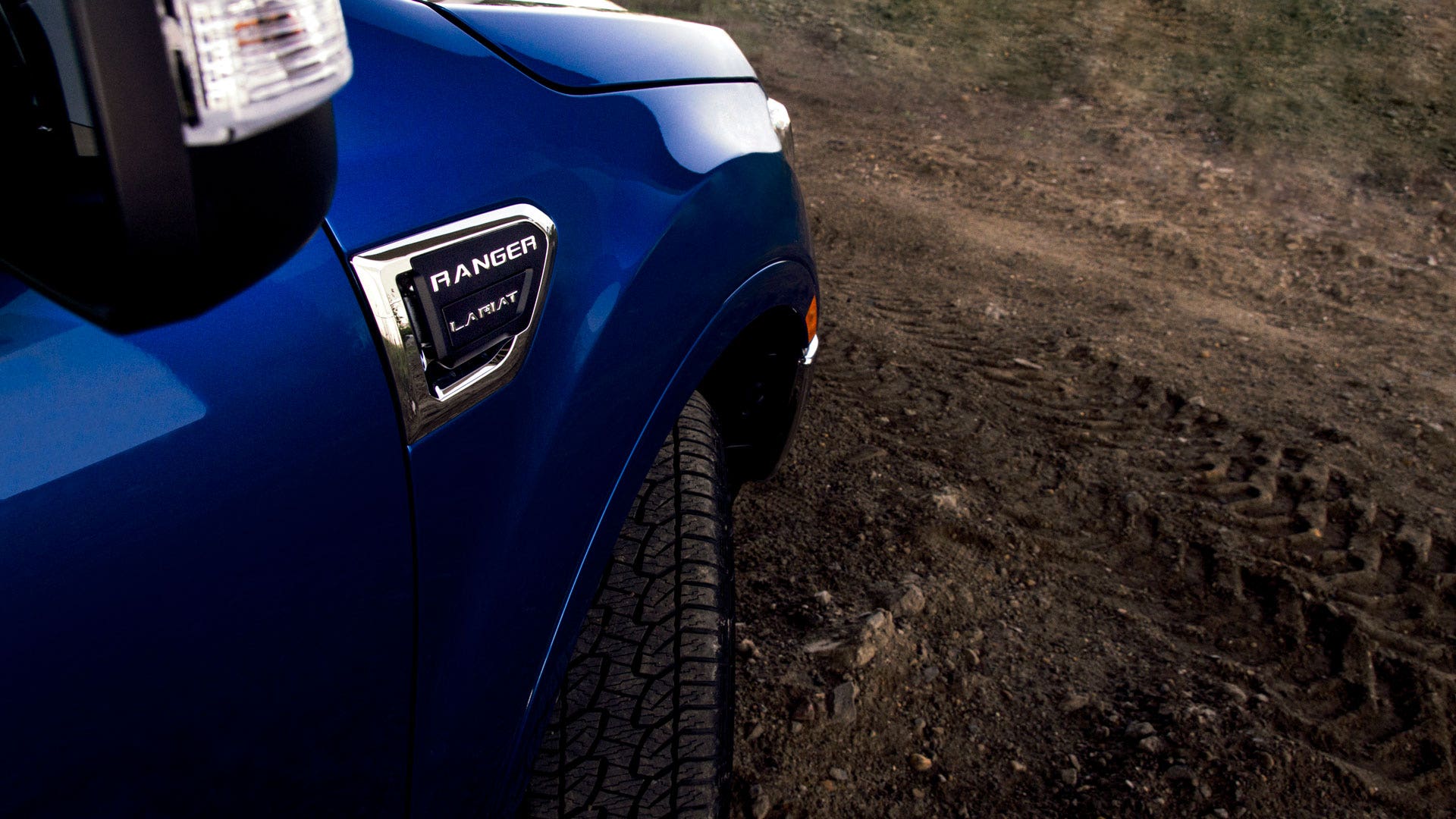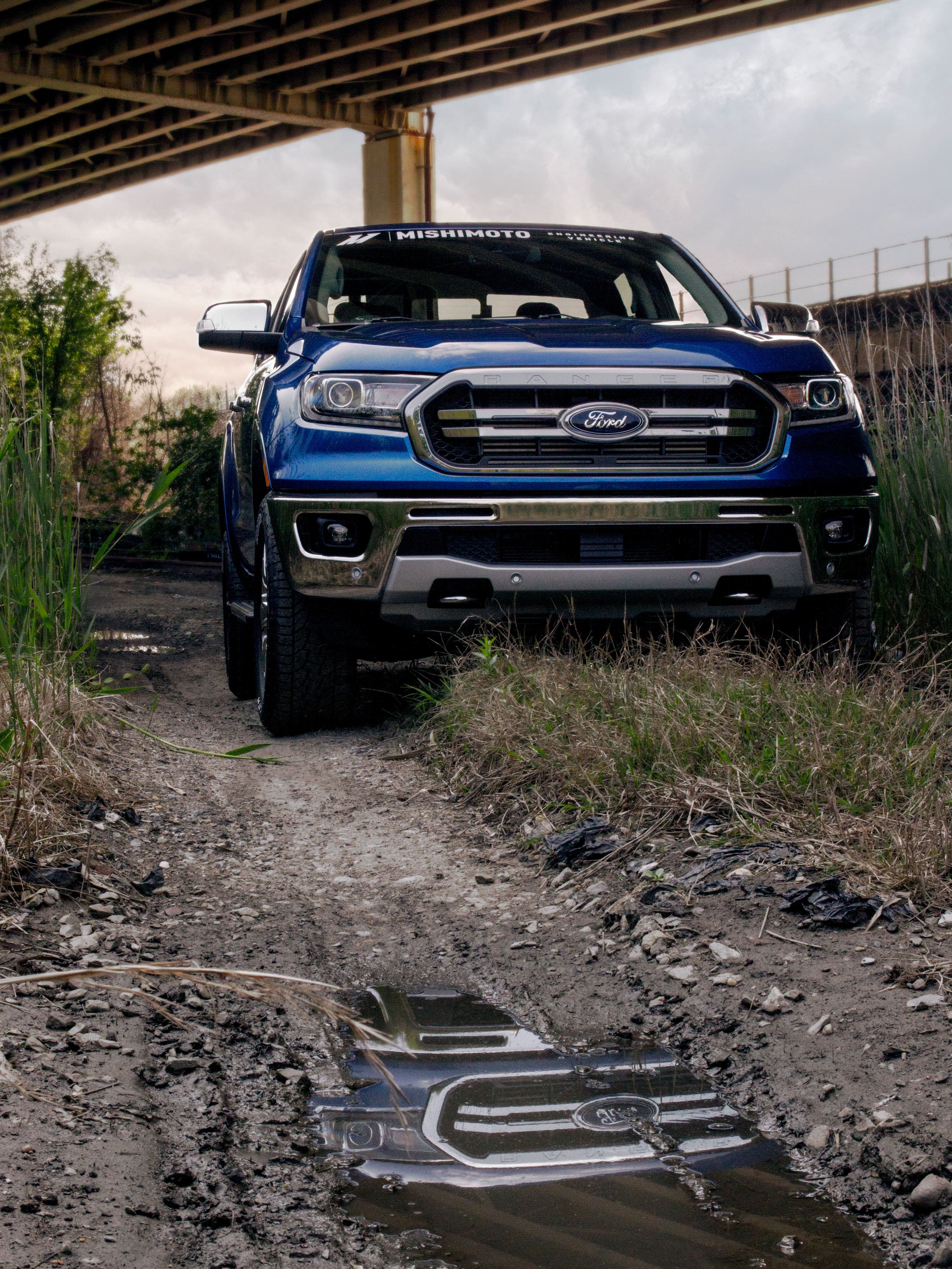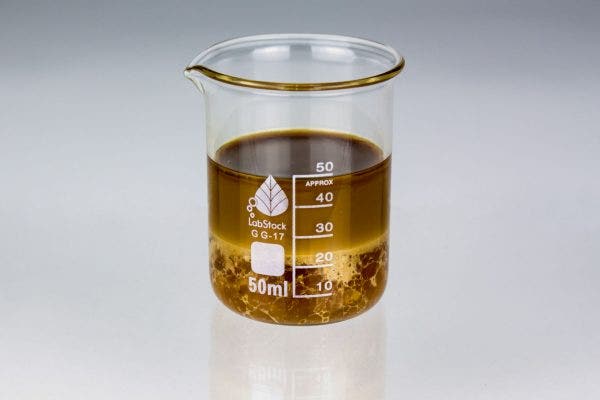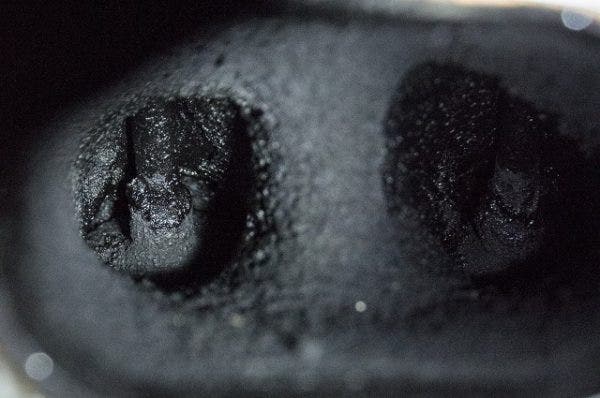
Free to Roam - Catch Can R&D, Part 1: Introduction
The 2019+ Ford Ranger was built to roam free. To go anywhere, anytime. It was built to roam the wilderness and the city streets; the mountain trails and the grocery store parking lots. No matter where you're going, the Ranger was built to take you there. And, thanks to its powerful, direct-injected and turbocharged engine, it's built to take you there quickly and efficiently.

Since its inception in the early 1970s, the Ranger has always been a fuel-conscious, do-it-all truck. That mentality hasn't changed with its return to North America for the 2019 model year. Despite being smaller than its F-150 brother, the 2019 Ranger still boasts an impressive 7,500 lb. tow capacity and over 1,800 lbs. of payload capacity that help you roam with whatever you could need close behind. While the suspension and frame contribute to those impressive numbers, much of that capability is thanks to the Ranger's 2.3L engine that cranks out 310 lb-ft. of torque.

Turbocharging and direct-injection make the 2.3L EcoBoost engine powerful and fuel-efficient, but they also increase the threat of blow-by. From our previous 2015+ Mustang and F-150 EcoBoost catch can projects, we know that the EcoBoost family produces significant amounts of blow-by. While blow-by is a normal occurrence for internal combustion engines, higher cylinder pressures in turbocharged systems force more air, fuel, and oil past the piston rings and into the crankcase. From there, the CCV system vents the blow-by into the intake for it to be re-burned in the next combustion cycle. Before the blow-by can be re-burned, however, it roams the intake, coating everything in its path.

Large amounts of blow-by wouldn't be a cause for concern if it just moved through the intake and exited the engine as exhaust, but that's not the case with the 2.3L EcoBoost or any other direct-injected engine. While direct injection makes the 2.3L EcoBoost efficient and kinder to the environment, it also places the engine at risk for carbon buildup. Without fuel washing over the intake valves, there's nothing to wash the blow-by off them. Eventually, heat from combustion turns that blow-by into hard carbon deposits which disrupt the flow of air into the cylinder. If not taken care of soon enough, the buildup can get so bad that the valves can't close, and the cylinder loses compression.

Your Ranger was built to roam free, but excessive blow-by can tether it to the repair shop if left unchecked. To help protect your Ranger, we'll be developing a direct-fit catch can to divert the blow-by away from the intake and capture if before it can build up on the valves. Over the next few weeks, we'll be sharing each step of development from measuring to prototyping and testing. In the next post, we'll look at the stock CCV system and how we plan to incorporate our catch can into it. Keep an eye out for updates and in the meantime, feel free to let us know what you think. If you'd like to learn more about blow-by, check out our article about it here.




